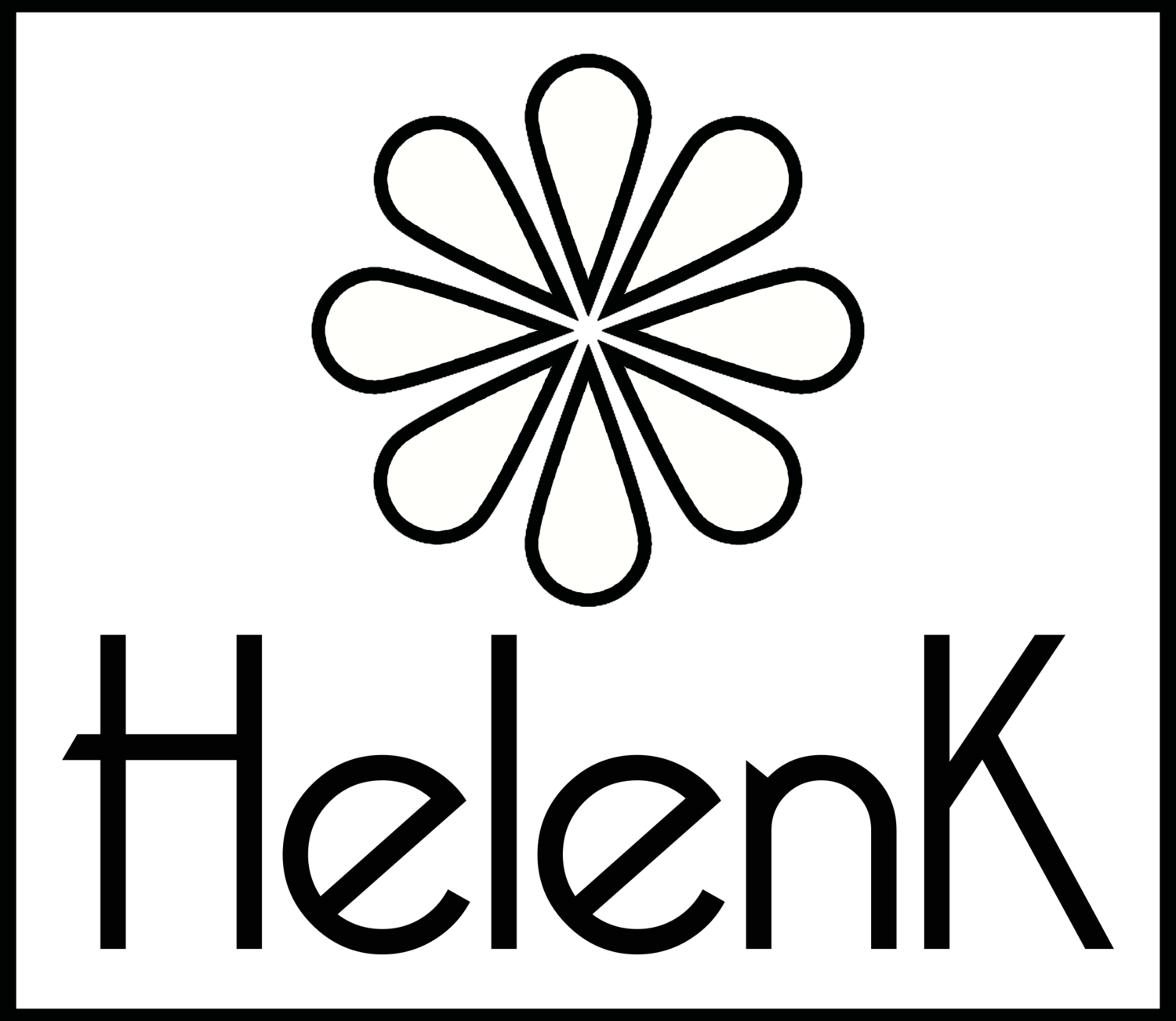The Luo Pan is an instrument used by Feng Shui and BaZi practitioners as a location finder, but it also has other embedded information. What appears to be a very fancy magnetic compass, the information on a Luo Pan can have up to 40 concentric rings/layers of information. Most are in Chinese, but some are available in English.
The precursor to the Luo Pan was an instrument that plotted the 28 Xiu…or 28 Lunar Mansions. This was an astronomical instrument that plotted the constellations and lunar cycles.
Most of today’s practitioners use of the Luo Pan doesn’t include the purpose of the original outer ring of the Twenty-eight Xiu. The most-used aspect of the Luo Pan is in the location-finder function of this compass, which is broken into four cardinal directions (North, South, East, West), and four ordinal directions (Northeast, Southeast, Northwest, Southwest).
Each of these eight directions of 45 degrees is broken into three segments of 15 degrees (e.g., North 1, North 2, and North 3). So, altogether there are 24 segments of 15 degrees, each of which has a wealth of information about its natural characteristics, all embedded into the Luo Pan’s concentric circles. The San He Luo Pan generally has less information since the calculations are less complex than the San Yuan Luo Pan. The Zong He Luo Pan is a combination of the San He and San Yuan. There are custom Luo Pans on which a master may include bagua and bazhai computations, as well as other specifics.
The wooden bed with metal plate is known as the Earth Plate, upon which the metal dial or Heaven Dial sits. Learning to read this device takes some time, but since all the calculations are readily available, it’s faster than referring to individual printed charts, based on a compass direction. The only drawback is when it’s used in a dense urban setting, in which case the surroundings may have an effect on the efficacy of the reading. This can make modern-day Luo Pan readings tricky. Some people use a trekking compass, which is fairly accurate, once the declination has been set. But declinations change from place to place.
The idea of using a magnetic compass in today’s setting has its caveats. Modern plumbing, electronics, utilities, vehicles, etc., may unfavorably affect the reading unless you have a very sophisticated (and expensive) instrument…and even then it’s possible to be off by a couple of degrees. When doing a Feng Shui reading a couple of degrees can make a difference in determining and auditing a natal chart for a building or siting a building for its most advantageous placement. Generally speaking, you can get a pretty accurate reading in a rural or undeveloped area, but in a dense urban locale it’s not practical. For that reason many practitioners depend on the technology that’s available to them through Google Maps and the NOAA website, which air and water pilots use for navigational purposes. This also makes remote readings possible and accurate.
Additionally, it’s a good idea to re-check the reading each year when the reading is near an adjoining segment, since magnetic north changes and seems to be moving more rapidly in recent years. I almost always re-check compass readings when I produce annual updates for my clients. I’ve come across a few in which a couple of degrees changed the character of the building.
As mentioned before, there can be numerous concentric circles on a Luo Pan that divulge a tremendous amount of information about any given site or building. Every 15-degree segment is associated with a wealth of information that helps the practitioner in his/her analysis.
Please feel free to leave comments below. If you prefer to leave a private comment or have questions, I invite you to leave your message on the “Contact” form, or email me at HelenKstyles@gmail.com



